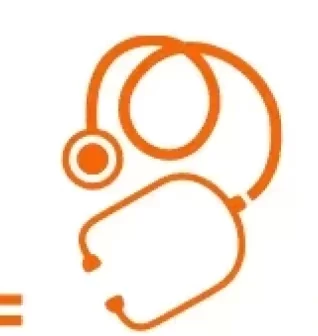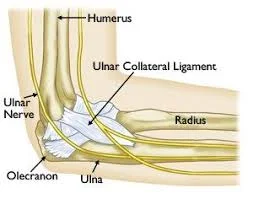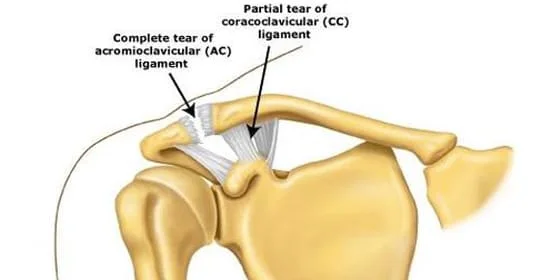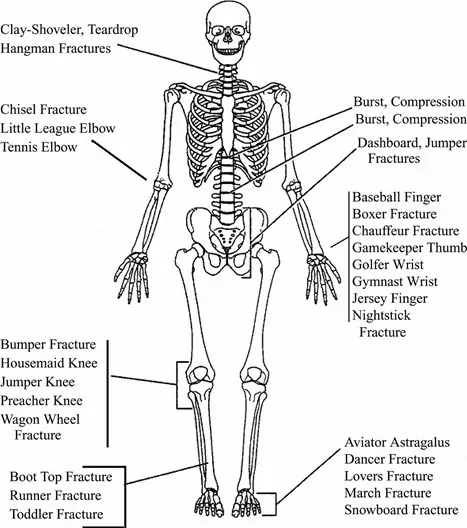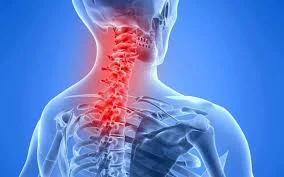Ulnar Collateral Ligament
Introduction The ulnar collateral ligament (UCL) is a strong band of tissue located on the inner side of the elbow, connecting the humerus (upper arm bone) to the ulna (one of the forearm bones). It provides stability to the elbow joint, particularly during activities involving throwing or overhead motions. UCL injuries are common in athletes,…
